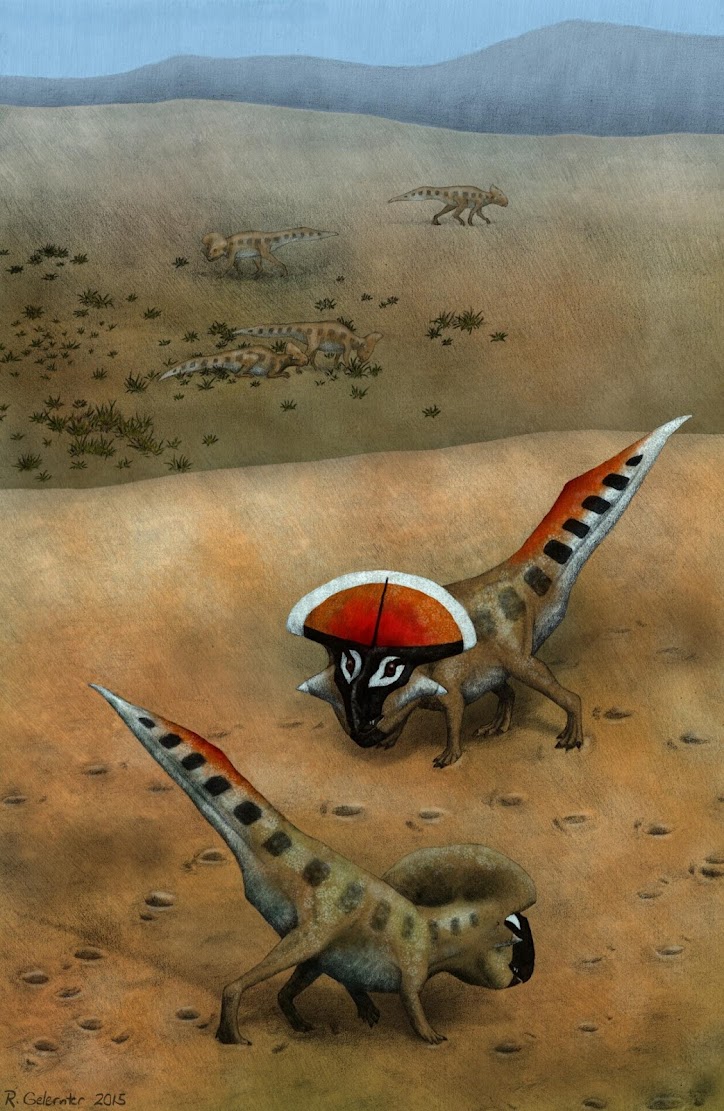The Great London [Search results for Biodiversity]
Endangered Species: Biodiversity falls below ‘safe levels’ globally

Oceans: Major shortfalls identified in marine conservation

Natural Heritage: Scientists call for new conservation strategies

Environment: Not so crowded house? New findings on global species richness

Natural Heritage: Scientists warn only 'simplified', degraded tropical forest may remain by end of century

Natural Heritage: Sampling species' DNA trails is leading to better environmental monitoring

Ecosystems: Humans artificially drive evolution of new species

Environment: Kew report urges global scientific community to secure health of the planet

Genetics: A 100-million-year partnership on the brink of extinction

Natural Heritage: More infectious diseases emerging because of climate change

Natural Heritage: Effects of past tropical deforestation will be felt for years to come

Fossils: Decline of crocodile ancestors was good news for early marine turtles

Evolution: Scientists reconstruct largest ever family tree of major flowering plant group

Oceans: Almost all seabirds to have plastic in gut by 2050

Genetics: Scientists propose new evolution model for tropical rainforests

Mongolia: First demonstration of sexual selection in dinosaurs identified
